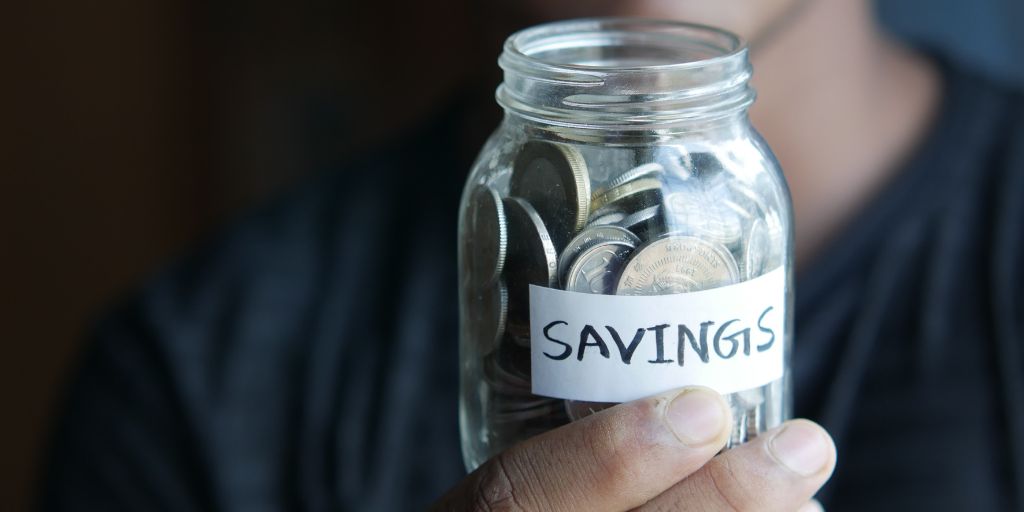Reserve Bank of India’s lending rate data shows that the personal loan interest rate is witnessing a gradual downtrend since 2012. The lending rate by the Indian banks (public, private, and commercial) and financial institutions started dropping in 2012. Still, the downtrend became steeper in the last five years.
Personal Loan Interest Rates and Industry Growth in the Last 5 years
At the beginning of 2012, the average personal loan interest rates were hovering around 12.5%. Bank Group-wise Weighted Average Lending Rates (WALR) came down to around 11% at the beginning of 2017. In the last 5-years, the WALR on outstanding Rupee loans has dropped to 8-9%. This means that the personal loan interest rates and processing fees have dropped by 2-3% in the last five years (2017 to mid-2022).
This drop in the interest rate on personal loans has helped the loan market grow by leaps and bounds. In terms of volume, the overall personal loans portfolio has jumped by almost 4-times in the last 5-years. In terms of value, the same has seen a growth of nearly 2.5-times during FY 2017-2021. Small-ticket personal loans have increased by 11.5-times in terms of volume and 3-times in originations by value during the 2017-2021 financial years.
According to CRIF High Mark’s “How India Lends, FY 2021 report”, the lending portfolios of different kinds of lenders have increased significantly in the last 5-years:
- Microlending: 157%
- Commercial Lending: 93%
- Retail Lending: 91%
These figures show that the downtrend in personal loan interest rates and tenure has led to significant growth in the lending industry in India during 2017-2021. Moreover, the trend is continuing till mid-2022.
Personal Loan Interest Rates are on a Downtrend for 5 years: Why?
There are various reasons for the falling interest rate in the last few years, especially from 2014 to 2019. First, the lending companies were lowering their personal loan interest rates to increase their base of borrowers as well as the volume and value of their loans.
Now, let’s take a closer look at the reasons that led to the downtrend in personal loan interest rates:
- RBI’s Low-Interest Rate
The policy repo rate has remained consistently low in India in the last 4-years. The Repo rate is also called the repurchase rate. It is the rate of interest at which the Reserve Bank of India lends funds to financial institutions and commercial banks. It remained at 4% for almost 4-years (from August 1, 2018, to May 3, 2022). This is one of the main reasons why commercial banks and financial institutions could keep their personal loan interest rates low. In fact, to capture a larger market share and reach more customers, they kept lowering their rates on personal loans.
- Consumer Driven Economy
In fact, this growth in personal loans’ outstanding credit indicates India’s expanding consumption-driven economy. In fact, during the COVID-19 years, especially from Sep 2020 to Sep 2021, the demand for personal loans increased significantly. However, these loans were mostly secured against the gold jewelry of people. This indicates the distressed condition of people during these trying times.
Income flows of individuals were severely affected as many companies either laid off their employees or slashed their salaries. To help the distressed people and expand their reach, the lending companies slashed their interest rates by over 1% in a year. At the beginning of 2020, the personal loan interest rate was over 10%. However, by mid-2021, the rate came down to around 9%.
- Festivities
Festivities have played a significant role in increasing the demand for personal loans as well as durable consumer loans. Therefore, to increase penetration among consumers (especially during festive seasons when the need for loans remains extremely high), the lenders in India kept driving the interest rate lower.
Final Words
Bankers believe there has been a surge in optimism among borrowers about the Indian economy’s revival. Post-pandemic, people are now more certain about stability in their income/cash flows. This has also led to a rise in demand for personal loans. In fact, the central bank has also increased the repo rate by 90 basis points in 2022 (first by 40 basis points on May 4, 2022, and then by 50 basis points on June 8, 2022). Hence it can be said that the lenders will likely increase personal loan interest rates in the coming days. For the lowest personal loan interest rates, you may check RuLoans.









